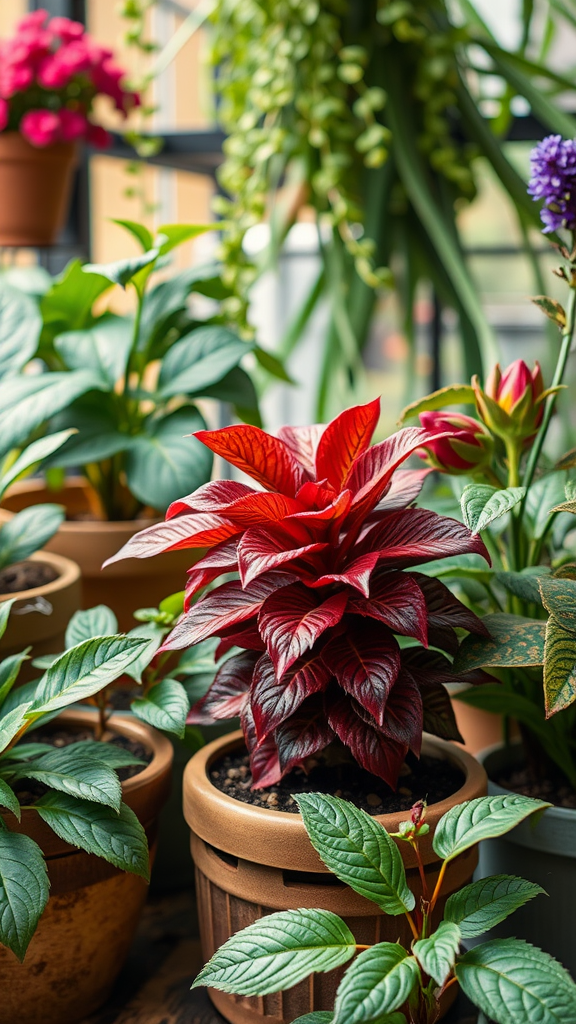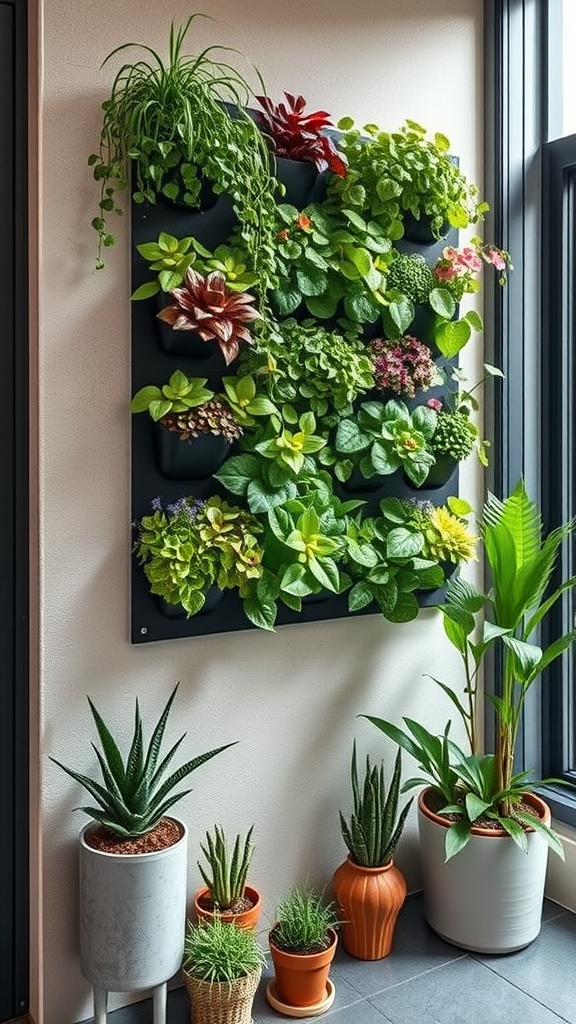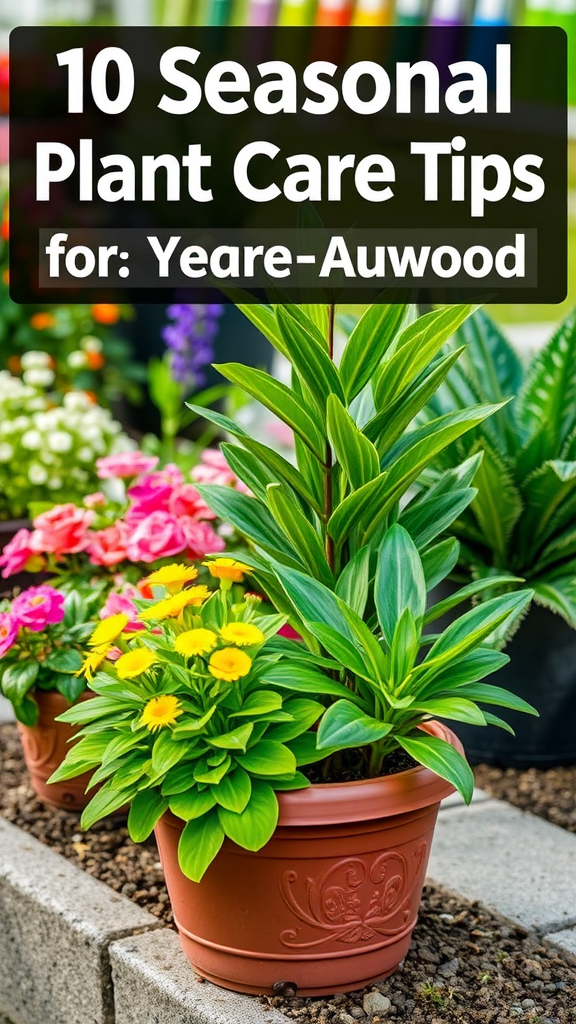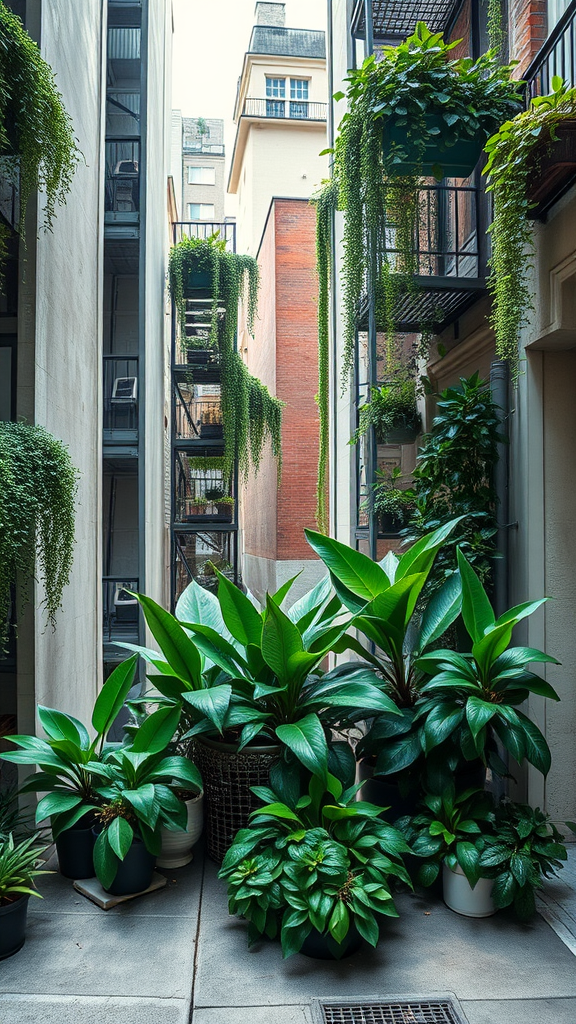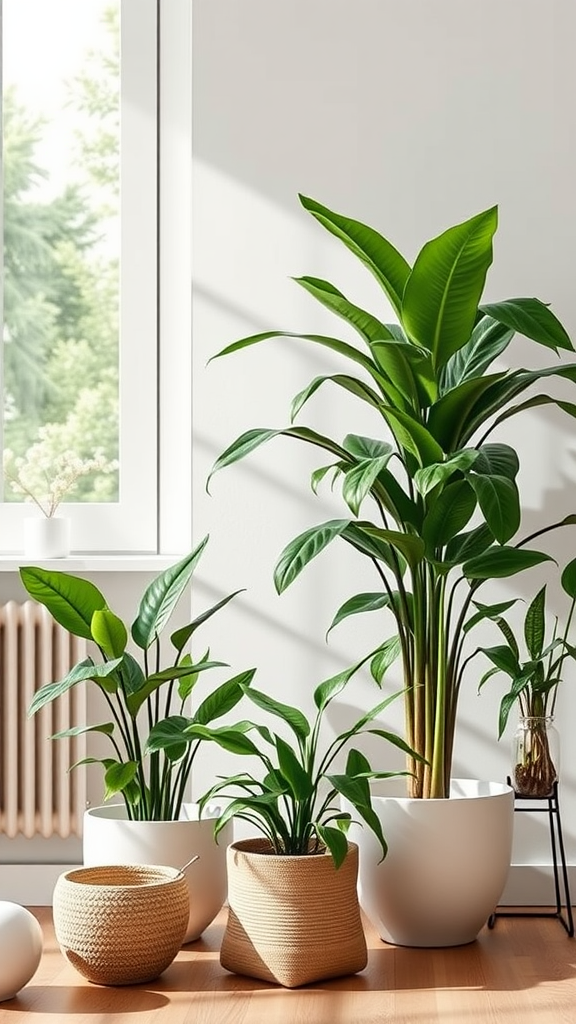Seasonal Plant Care Techniques for Every Season
Taking care of your plants season by season ensures they remain healthy and vibrant all year long. Each season presents unique challenges and opportunities for growth. Whether you’re a seasoned gardener or just starting, implementing specific care techniques can make a significant difference in your plant’s health. Below are effective seasonal plant care techniques to keep your greenery thriving.
Spring Care: Awakening Your Plants
As the weather warms up, it’s time to wake your plants from their winter slumber. Here are some essential spring care tips:
- Pruning: Trim back any dead or damaged leaves to encourage new growth.
- Repotting: If your plants have outgrown their pots, consider repotting them in fresh soil.
- Fertilizing: Feed your plants with a balanced fertilizer to provide the nutrients they need for robust growth.
- Watering: Be mindful of your watering habits. Spring may require more frequent watering as plants begin to grow actively.
Summer Care: Keeping Plants Hydrated
Summer heat can be intense, making proper care essential during this season.
- Regular Watering: Water more often, especially during heatwaves when soil dries out quickly. Early morning is the best time to prevent evaporation.
- Mulching: Apply mulch around your plants to retain moisture in the soil and keep the roots cool.
- Pest Check: Inspect your plants regularly for pests. Treat any infestations promptly to prevent damage.
- Shade Protection: For delicate plants, provide shade during the hottest parts of the day to protect them from scorching.
Fall Care: Preparing for Dormancy
As temperatures begin to drop, it’s important to prepare your plants for the colder months ahead.
- Stop Fertilizing: Reduce or stop fertilizing at this time. Your plants will be slowing down and won’t need extra nutrients.
- Watering Adjustments: Water less frequently as temperatures cool. Ensure the soil dries out slightly between watering sessions.
- Insulate Roots: Add a layer of mulch or straw around the base of your outdoor plants to protect their roots from frost.
- Harvesting: For vegetable gardens, make sure to harvest all ripe produce before the first frost sets in.
Winter Care: Protecting Your Plants from the Cold
Winter can be harsh, but with the right strategies, you can keep your plants safe and healthy.
- Indoor Plants: Bring outdoor potted plants inside to protect them from the cold. Ensure they have enough light and warmth.
- Humidity Levels: Indoor heating can dry out the air. Consider using a humidifier or placing a water tray near your plants.
- Check for Pests: Keep a vigilant eye out for any pests that may have hitched a ride inside. Treat any infestations quickly.
- Minimal Watering: Indoor plants usually need less water in the winter. Check the soil moisture before watering to avoid overwatering.
Applying these seasonal plant care techniques will help you achieve a lush garden that thrives throughout the year. Remember that each plant may have its own specific needs, so while these techniques are broad guidelines, always pay attention to your plants’ individual preferences. Regular observation will allow you to adjust your care as needed, ensuring your plants remain vibrant and healthy across the changing seasons.
Common Mistakes in Year-Round Plant Maintenance and How to Avoid Them
Taking care of your plants throughout the year can be wonderfully rewarding, yet it also comes with its share of challenges. Many plant lovers make common mistakes that can hinder the health and growth of their green companions. Knowing what to avoid can set you on the right path. Here are key areas where you might be going wrong, along with simple tips to ensure your plants thrive.
Overwatering
One of the most frequent mistakes is overwatering your plants. While it’s essential to keep your plants hydrated, too much water can lead to root rot. This is especially crucial during winter months when plants use less water.
- Tip: Always check the soil moisture before watering. Stick your finger about an inch into the soil; if it feels dry, it’s time to water.
Ignoring Seasonal Changes
Plants react differently to seasonal shifts. A one-size-fits-all approach doesn’t work with plant care. For example, many plants need less water and light during fall and winter.
- Tip: Adjust your watering schedule and shift your plants to brighter locations as needed. This ensures they get the right level of sunlight and moisture.
Neglecting Fertilization
Another mistake is failing to fertilize your plants at the right times. Most plants require more nutrients during their growing season (spring and summer) than during dormancy (fall and winter).
- Tip: Use a balanced fertilizer during the growing season and reduce feeding in the winter. Always follow the instructions on the fertilizer package to avoid nutrient buildup.
Using the Wrong Pots
The pot you choose plays a significant role in plant health. Using a container without drainage holes can lead to waterlogged soil, which is detrimental to your plants.
- Tip: Always select pots with adequate drainage holes and consider the size of the pot in relation to the plant. Smaller plants may need smaller pots, while larger plants need space to grow.
Being Inconsistent with Light Exposure
Light is critical for photosynthesis, and different plants have different light requirements. Moving plants around without considering their light needs can stunt growth.
- Tip: Research your specific plants to determine their light preferences. Rotate your plants regularly but keep their needs in mind.
Forgetting about Humidity
A common oversight for indoor plants is the consideration of humidity levels. Many houseplants thrive in humid conditions, and heated indoor air can make the environment very dry.
- Tip: Keep indoor humidity levels in check, especially in winter. You can increase humidity by misting your plants, placing a water tray with pebbles under pots, or using a humidifier.
Ineffective Pest Control
Ignoring pests until they become a problem is a mistake many gardeners make. Common pests like aphids and spider mites can damage your plants quickly if not addressed.
- Tip: Inspect your plants routinely for any signs of pest infestations. If you notice issues, use organic pest control methods to treat them early.
Not Pruning Properly
Pruning is essential for the health of your plants, yet many fail to do it correctly. Overgrown plants can become leggy and unhealthy without proper cutting back.
- Tip: Learn the right pruning techniques for your specific plants. Regularly trim dead or yellowing leaves to promote healthy growth.
Being Impatient
Patience is a virtue in gardening. Plants take time to grow and flourish. Rushing the process by expecting immediate results can lead to disappointment.
- Tip: Cultivate patience. Monitor your plants regularly, and remember that healthy growth takes time.
By being aware of these common mistakes and implementing these strategies, you can create a healthy environment for your plants. A little knowledge can go a long way in enjoying the beauty and serenity that plants bring to your home year-round.
Conclusion
Keeping your plants thriving year-round requires a thoughtful approach tailored to each season’s unique needs. Whether it’s adjusting watering schedules in the sweltering summer heat or ensuring adequate light during the shorter winter days, understanding the specific care techniques for each season can greatly enhance your plant’s health and vitality.
Avoiding common mistakes plays a crucial role in successful plant care. It’s essential to remain aware of factors such as overwatering, which can lead to root rot, or neglecting to clean your plants’ leaves, which can hinder their ability to photosynthesize effectively. By recognizing these pitfalls and understanding how to steer clear of them, you’ll set a solid foundation for your plant’s growth.
Remember to constantly observe your plants’ responses to environmental changes; they often provide clear signs of what they need. With some effort and attention, you can ensure that your home remains an oasis of greenery, regardless of the season. Embrace these seasonal plant care techniques, stay mindful of common mistakes, and you will cultivate a thriving indoor garden that brings joy all year long. Your plants will not only survive but flourish, giving you a vibrant and lively environment to enjoy every day.

